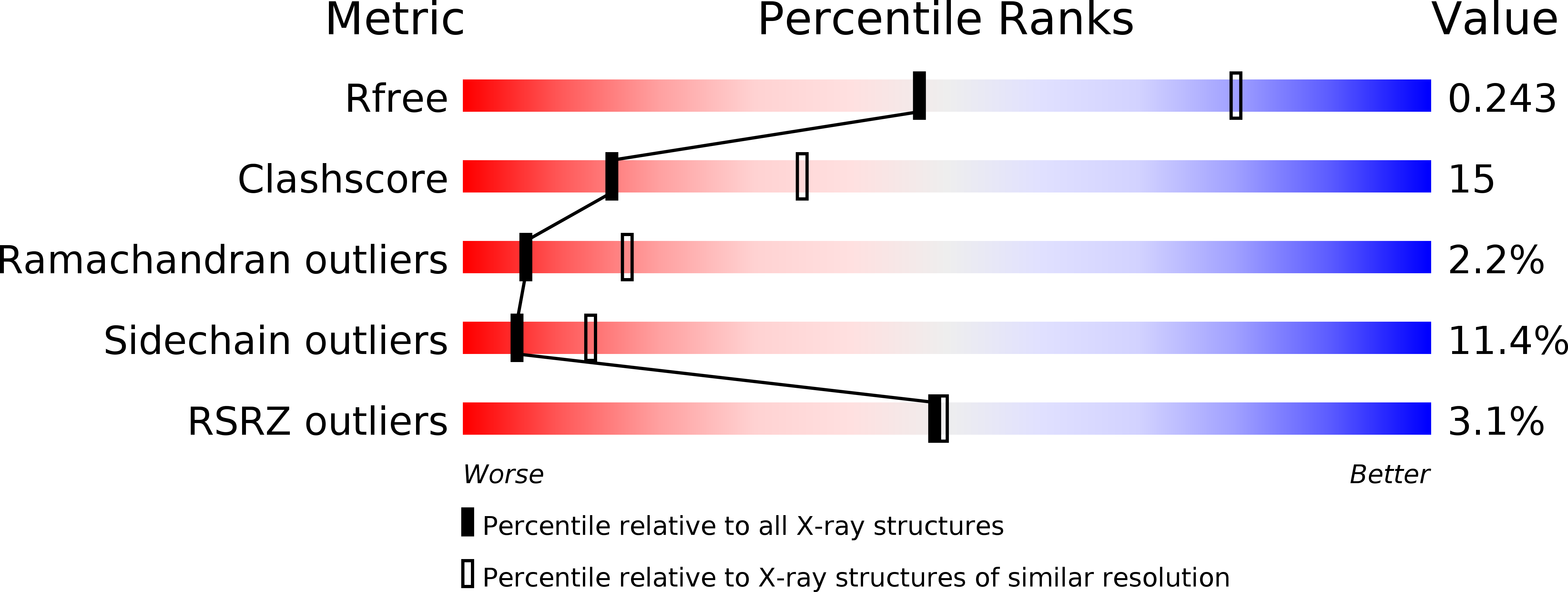
Deposition Date
2014-02-14
Release Date
2014-07-02
Last Version Date
2025-03-26
Entry Detail
PDB ID:
4OTP
Keywords:
Title:
Crystal structure of the catalytic domain of the human RioK1 atypical protein kinase in complex with ADP/Mg2+
Biological Source:
Source Organism:
Homo sapiens (Taxon ID: 9606)
Host Organism:
Method Details:
Experimental Method:
Resolution:
2.70 Å
R-Value Free:
0.24
R-Value Work:
0.20
R-Value Observed:
0.20
Space Group:
P 32 2 1


